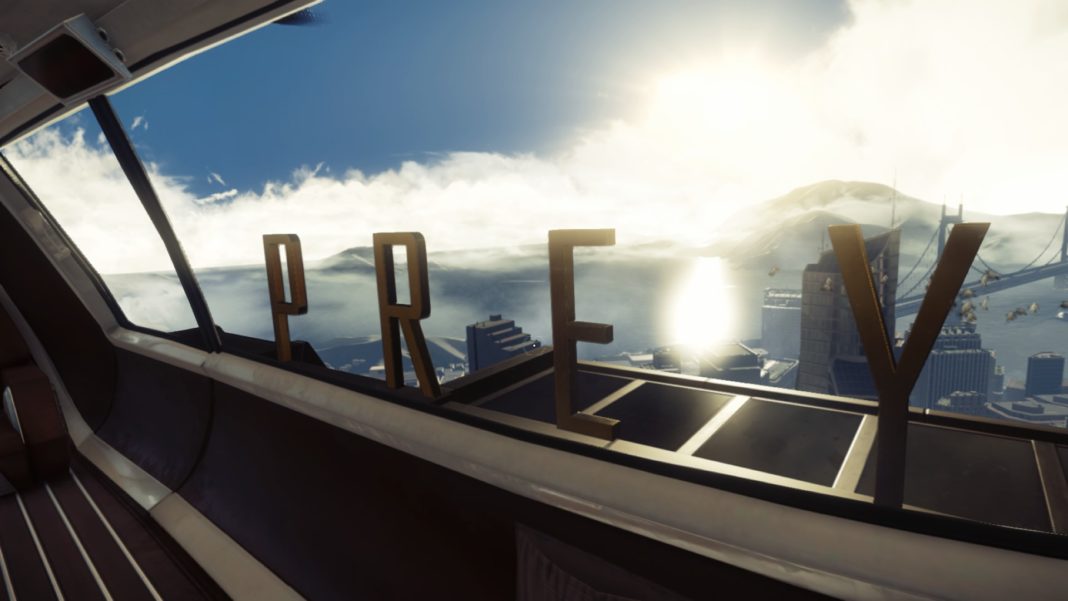Before we begin, this Prey is unrelated to the 2006 Xbox 360 title of the same name. They both have a person being chased in space and that’s about it. Anyway…
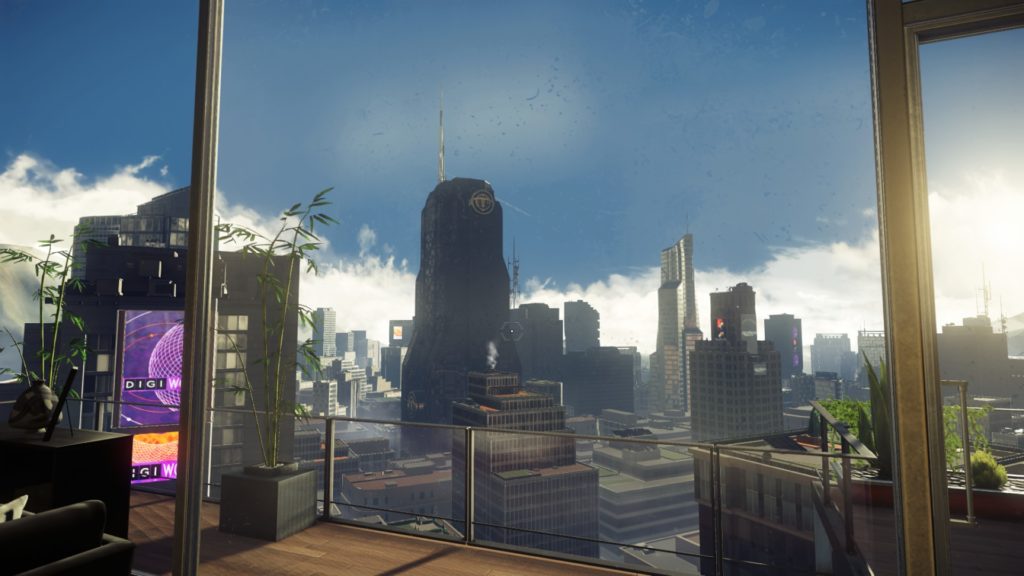
Prey is an intimidating sort of game; a mysterious title that throws you into the deep end and keeps adding water. You start off in the shoes your choice of Morgan Yu, research scientist/subject, who seems to be preparing for take-off to space station, Talos I from 2032 Earth but finds out that nothing is as it seems…
Each enemy needs caution, resources and patience but there are seldom occasions when the challenge feels insurmountable
After an interrupted test, the truth of Yu and the association with his brother, Alex is revealed; humans are harnessing their Typhon enemies to exploit their strengths. It would be unfair of me to spoil Prey any more than that as the game crafts its tale well and deserves it shocking moments when it drops them.
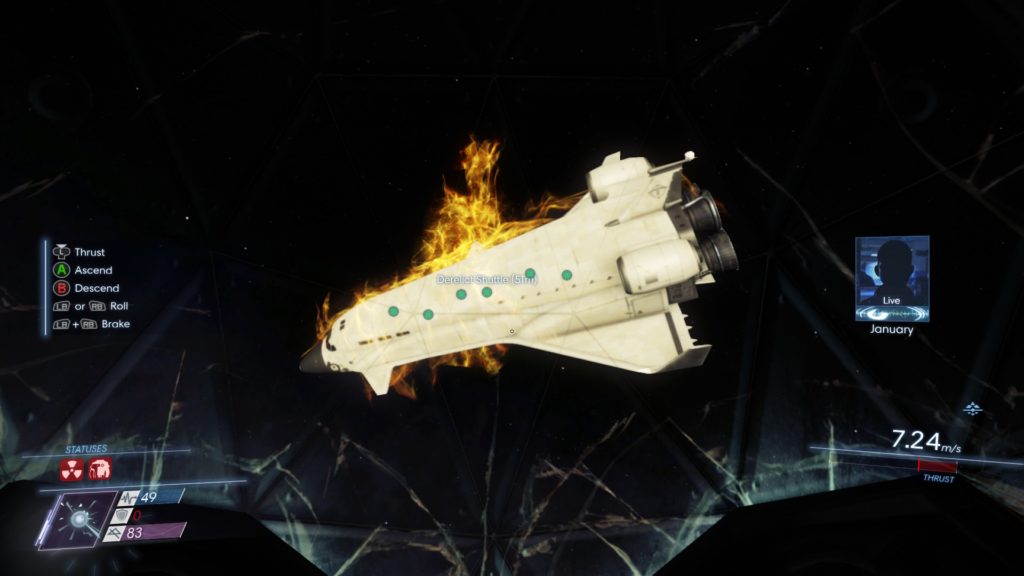
A first-person horror/shooter, Prey successfully avoids leaning too heavily on its ancestors. Games like Dishonored and the ‘Shocks are plainly visible throughout the 20-hour campaign in its puzzling and exploration but Prey plays by its own rules in more ways than one.
Whether or not you pour Neuromods into one or more of the more mundane abilities at the start will make or break your mid-game
The very nature of will, memory, and destiny are questioned throughout the game and it’s all followed the mother of all post-credits twists. Along with a multi-pronged main-quest, there are around ten proper side-quests in Prey that will greatly affect your ending and how a player is graded.
The biggest differentiator is the human-v-Typhon theme that permeates the plot and mechanics; Yu can be fitted with Neuromods of ‘human’ or ‘Typhon’ abilities and these affect how different enemies/AI react to the player. As well as obviously giving useful combat, stealth or crafting buffs and powers (human) or shock/fire/psych damage, traps and mind control abilities (Typhon). This mechanic gives Prey a huge range of solutions to the many problems that just keep on coming.
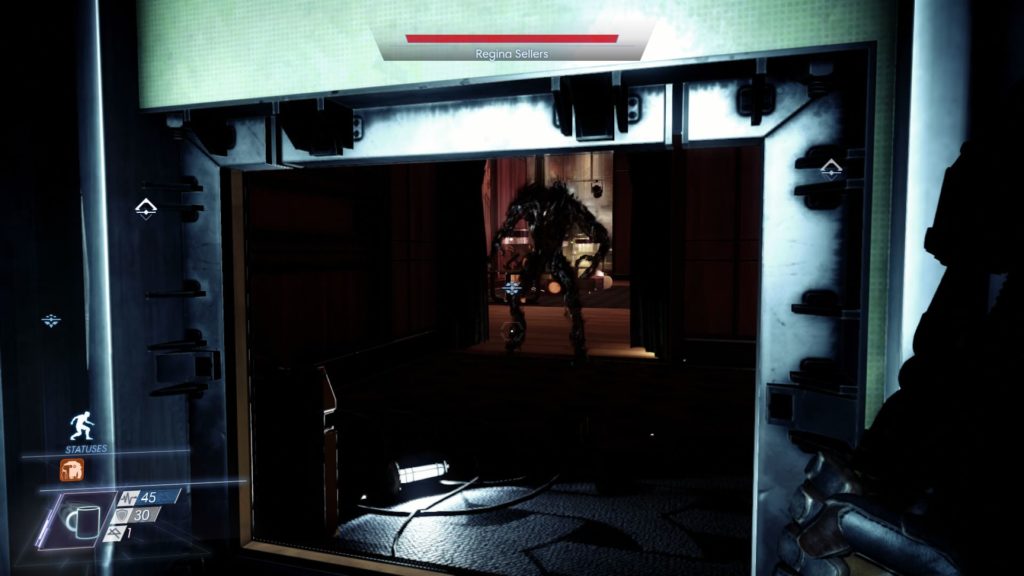
Mods Are Gods
Whether or not you pour Neuromods into one or more of the more mundane abilities at the start will make or break your mid-game. The game-world operates in a Metroidvania-style semi-linear fashion so being able to hack open a door, convert a turret or just lift a bookshelf from in front of a door will save you minutes at a time and hours by the end of the game. There isn’t anything bar your own wits to guide your progress through the upgrades so you will need to think on every ‘mod or weapon upgrade.
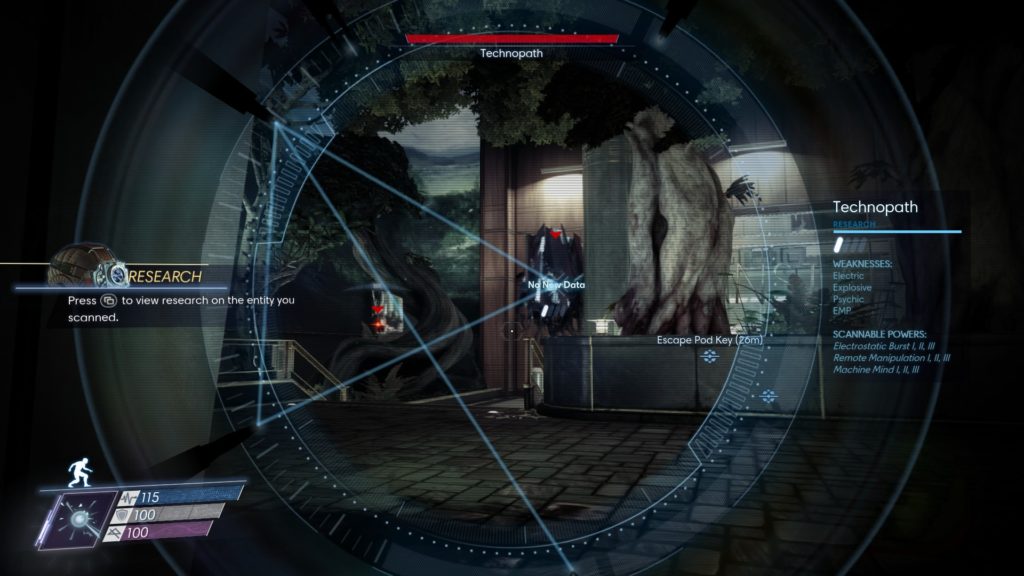
As enemies beef up while you progress, you should be pouring those mods into stealth, combat and Typhon abilities in an effort to slog your way back and forth through/outside the space station. The combat system in Prey deserves praise for its difficulty – each enemy needs caution, resources and patience but there are seldom occasions when the challenge feels insurmountable. Each engagement chips away at health, ammo and Psi points meaning new strategies are vital when the game gets stingy with your favourite consumables.
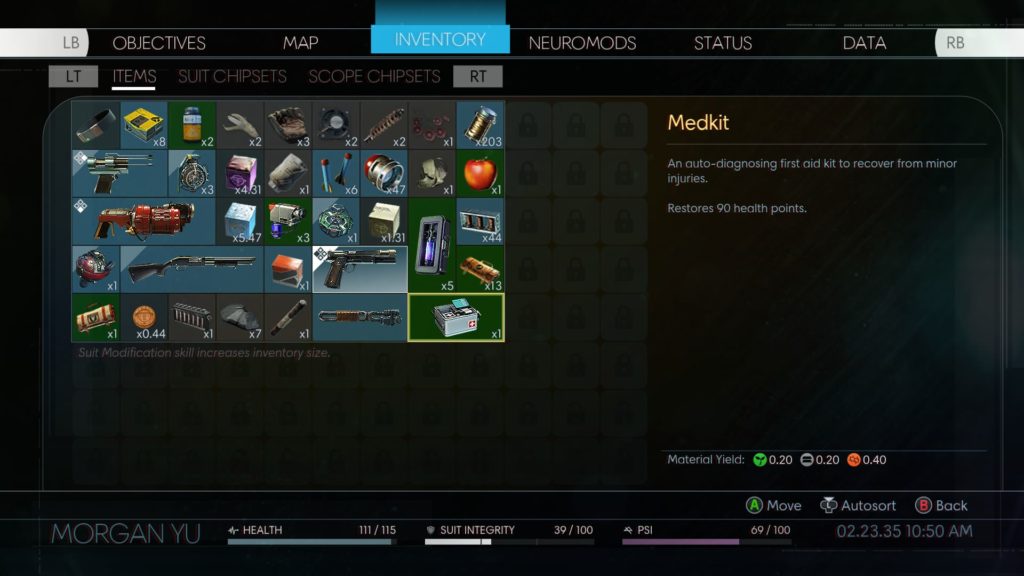
Stellar Level Design
Traversing the dangerous Talos I station presents the player with many options. Between the aforementioned moving furniture, external airlocks and the many maintenance ducts, Talos is a Cluedo board of hidden paths and shortcuts. Yu has a certain freedom aboard the unfriendly vessel, one that stealthier or more patient player will revel in exploiting. This intimate relationship with the game-world also drives a player to appreciate the richness of the atmosphere, attention to detail and depth of the ship’s design. The ship is a mish-mash of styles, for instance, each part functioning as a time-capsule for the alternate timeline in which Yu exists or the fact that the longer you spend on the vessel, the more the layouts of utilities and workspaces make sense. The once labyrinthine departments becoming second-nature like the Resi Evil mansion did.
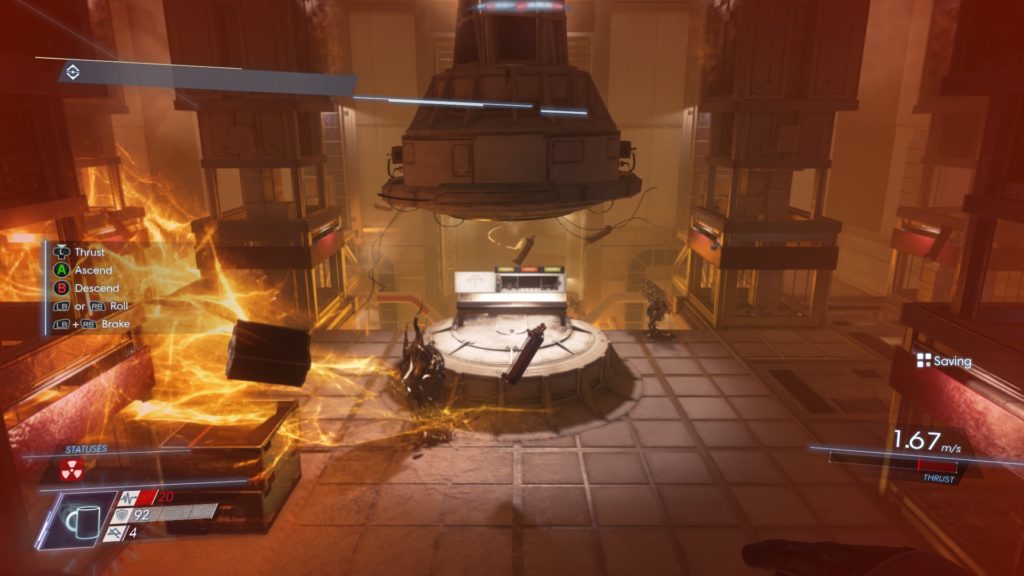
Prey is an good-looking game, mostly. It covers any visual sins with impressive lighting and environmental effects. The sound design is solid; aiding a player while sneaking or hiding while sending shivers down the spine at the appropriate moments.
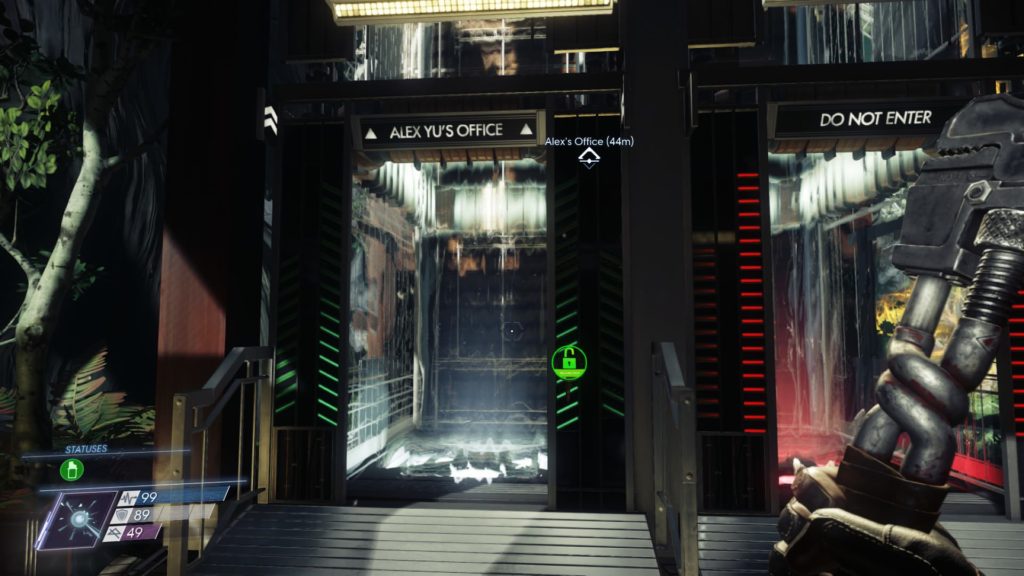
The art-direction is noteworthy and deserves high praise. Most of the enemies are bland, formless shadowy beasts in the grand 2000s horror tradition yet have a certain personality to them; this is largely due to Arkane’s imagination with their attack styles and patterns. This generic enemy style suits the Typhon, a Borg-esque hive eating its way across the cosmos but presenting a varied hurdle for every situation.
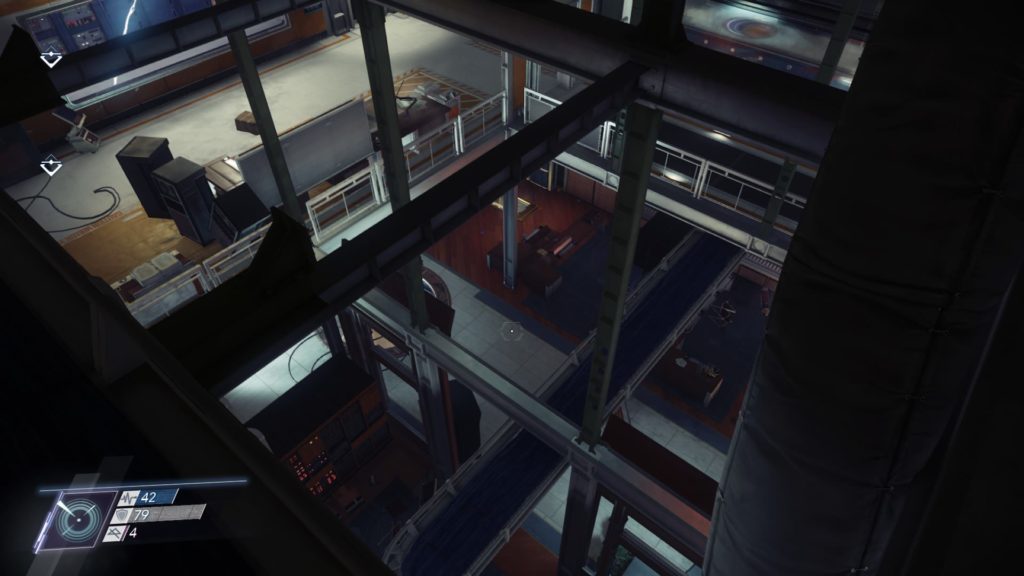
A Little Too Epic
We can always have too much of a good thing and for many, Prey will feel longer than it needs to be. The game drips plot details, red herrings and twists on to a player’s head like some strange water torture. After a while I felt a fatigue set in as every passing drop seemed to push the end further away – that sense of urgency becoming exhausting and eventually frustrating. When the game adds timers to proceedings following a grueling Tech Officer hunt, disgust at that feeling of artificial urgency is almost unavoidable.
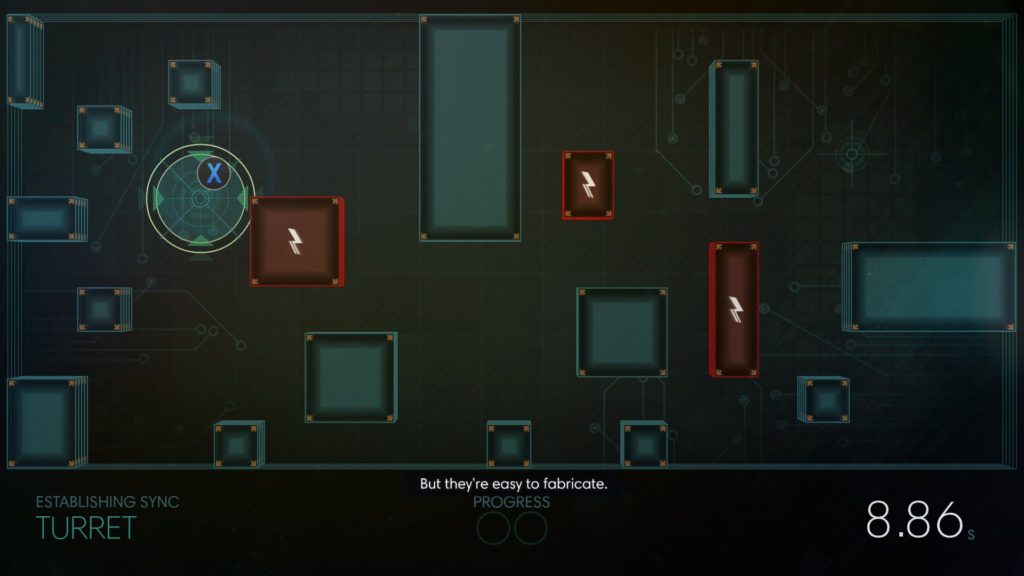
Couple this endlessly growing to-do list with a healthy dose of backtracking and Prey can start to feel like a chore. Stairs are destroyed, airlocks closed and Typhons block lifts in attempts to prevent Yu from fulfilling somebody’s destiny but it starts to feel like sweaty, nervous padding. With so many side-quests hollering for your attention and so many lives allegedly at stake, Prey loads the player with so many things to consider that the game’s message can become obscured, a player may forget why they are chasing which objective – not really a good thing in a game that should be plot first and game second.
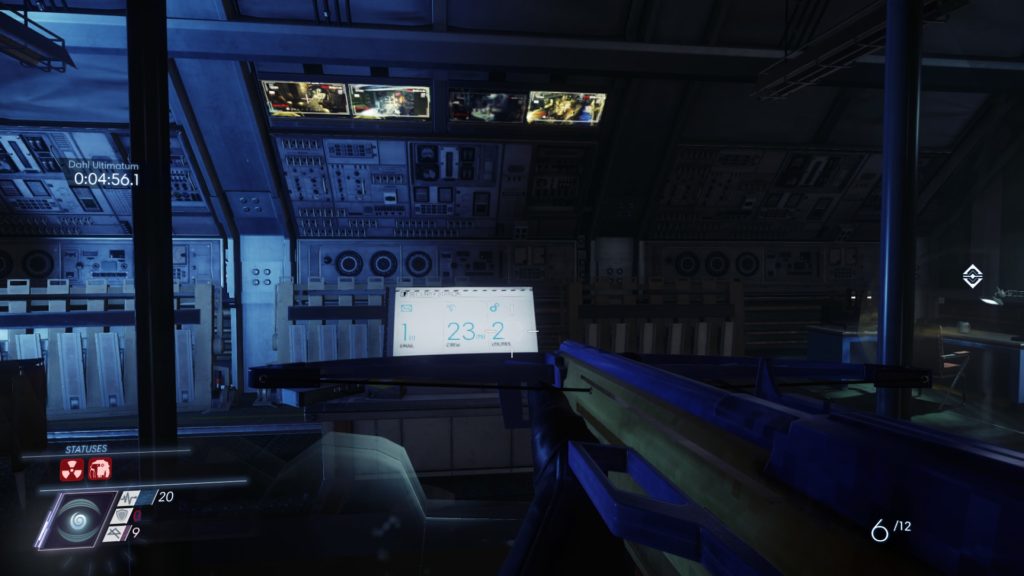
Prey also suffers from technical issues on console*. As a player more frequently changes area or exits the ship for the great void, the loading times of a minute or more become punishing. Arkane Studios aimed high with a physics engine, snazzy visual effects and hordes of twitchy, complex AI but the last five or six hours are punctuated with episodes of single-digit frame-rates, frame-skips and the odd soft crash.
Worth the Sweat, Largely
Prey is still a great title worth many hours of your time. Those of you who are smitten enough to ignore the glaring faults will play this a half-dozen times or more to experience all the endings. Including a special extra-selfish terrible one you can crack out in a few hours; that is, if you pay attention during your first playthrough. With too many powers to master in one go, a huge ship to explore and a nice variety of side-missions, gamers who gladly stick with Prey will have plenty to do.
For most people though, one playthrough is likely to be their limit. The 20 hours of frantically chasing one MacGuffin after the next while tackling endless Typhons will be enough for the majority of gamers and too many for others.
*Teh_interweb has plenty of discussion on optimisation issues for PC, we cannot yet confirm this.
